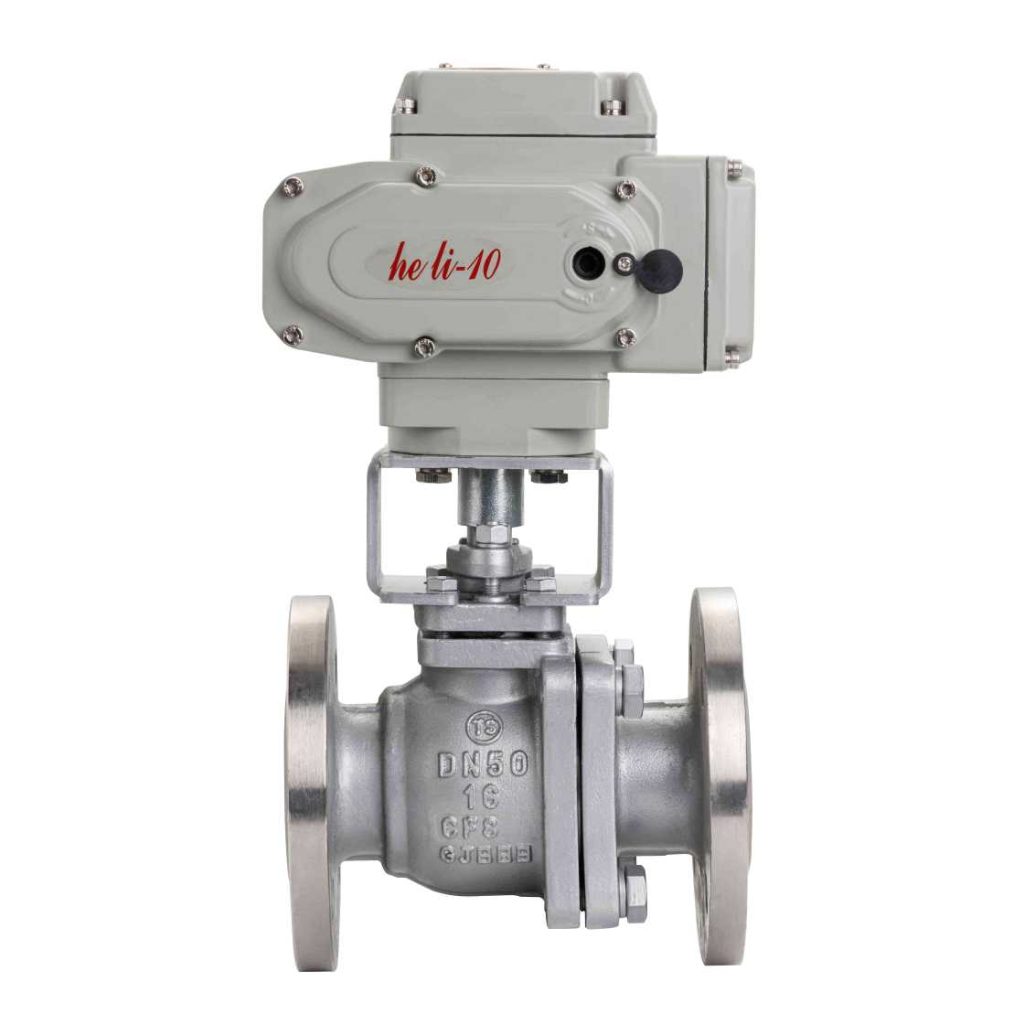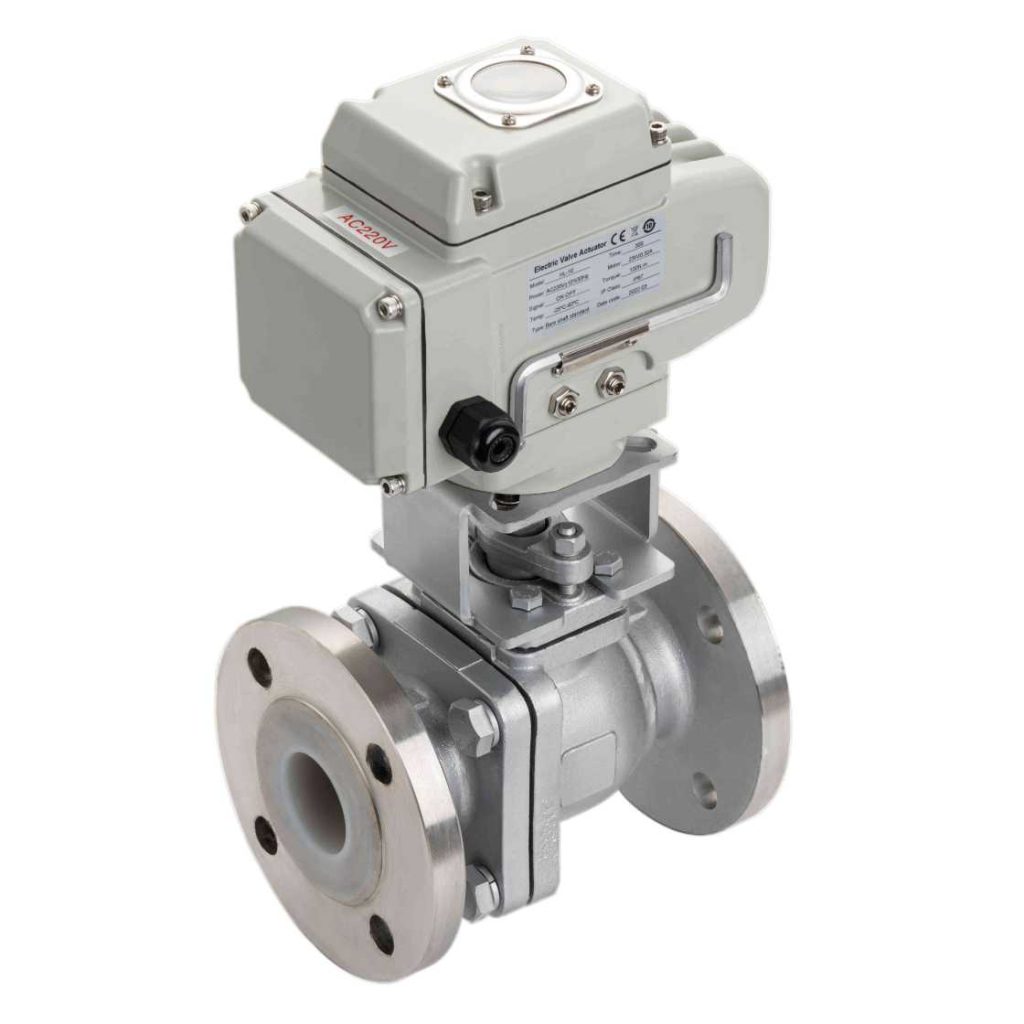The Electric Flange Ball Valve is an essential component in various industries where precise control of fluid flow is necessary. This type of valve combines the reliable sealing properties of a ball valve with the precision of an electric actuator, allowing for efficient flow regulation in pipelines. It is widely used in industries such as oil and gas, water treatment, HVAC systems, and chemical manufacturing. In this article, we will explore the structure, advantages, applications, and key considerations when using Electric Flange Ball Valves.

Structure and Working Principle

An Electric Flange Ball Valve consists of several primary components: the valve body, ball, valve seat, flange connection, and an electric actuator. The ball is the key element in controlling fluid flow. It is a spherical object with a hole through its center. When the ball is rotated, the hole aligns with the flow path of the fluid, allowing it to pass through, or blocks the flow when rotated 90 degrees to a closed position. The valve is connected to pipelines via flanges, which provide a secure and leak-proof attachment between the valve and the surrounding system. Flange connections are often used because they are easier to install and maintain, especially in high-pressure systems. These connections are standardized according to various international norms such as ANSI, DIN, and JIS, making them highly adaptable to different industrial applications.
